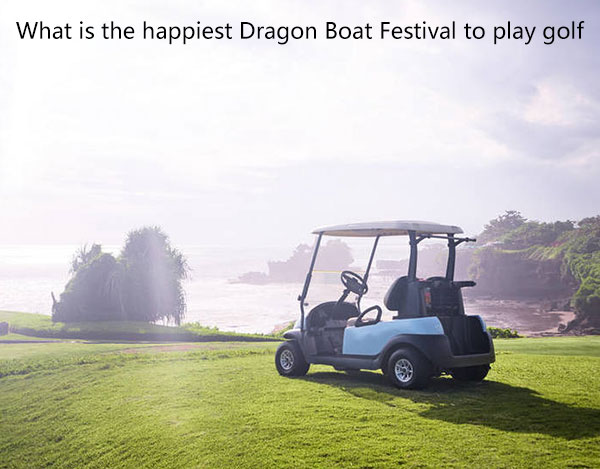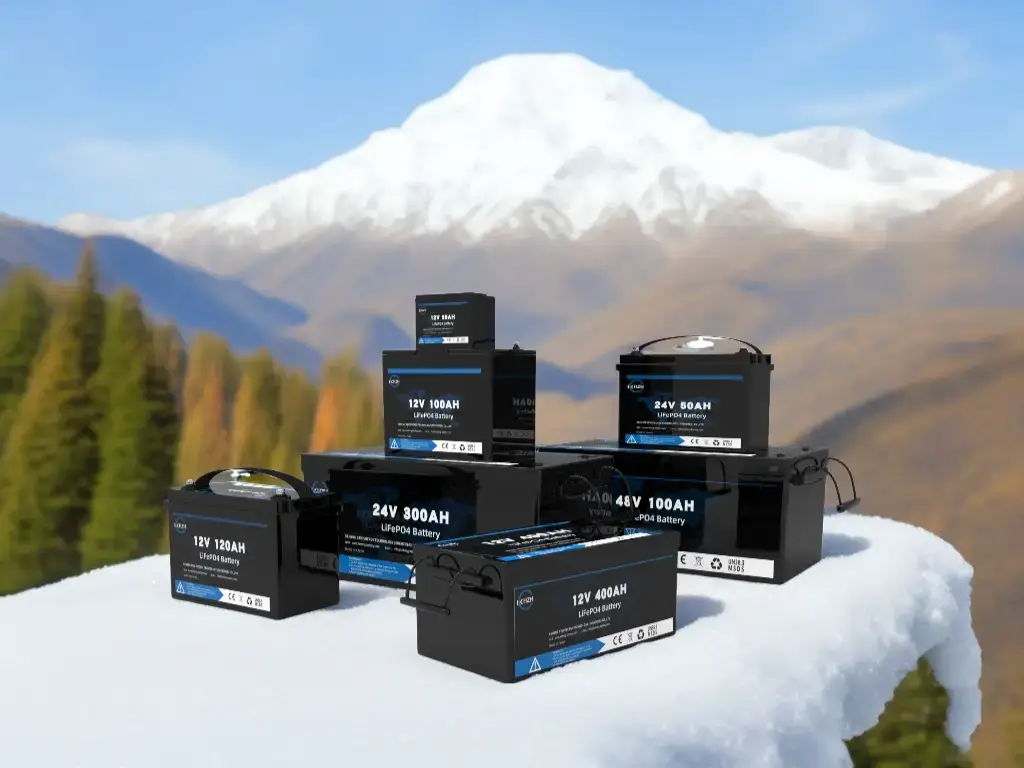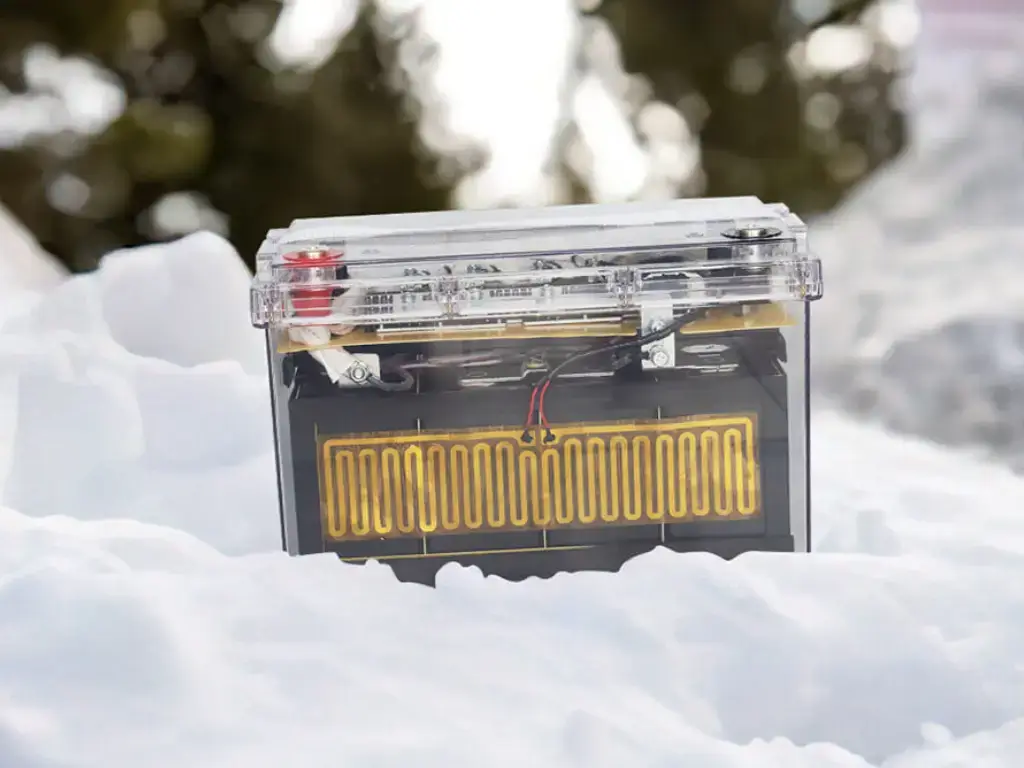What is the happiest Dragon Boat Festival to play golf-Dragon Boat Festival
Also known as Duanyang Festival, Dragon Boat Festival, Chongwu Festival, Tianzhong Festival, etc., it is a folk festival that integrates worshiping gods and ancestors, praying for blessings and warding off evil spirits, celebrating entertainment and eating. The Dragon Boat Festival originated from the worship of natural celestial phenomena and evolved from the sacrifice of dragons in ancient times.
The Dragon Boat Festival is a traditional cultural festival popular in China and other countries in the cultural circle of Chinese characters. The Dragon Boat Festival, the Spring Festival, the Qingming Festival and the Mid-Autumn Festival are also known as the four traditional festivals in China. Young people have a new choice for traditional festivals. After sharing the holiday gifts, the Keheng lithium battery team organized a golf skill competition and spent a very pleasant and relaxing holiday. When it comes to golf, golf carts must not be allowed. The battery life of the golf cart is less interesting. Now that there are lithium batteries, the lead-acid batteries of golf carts are basically replaced. The golf carts are equipped with lithium iron phosphate batteries, which makes the festival activities of the Keheng team more exciting. Although the players who play ball are competitive, the leisurely drives slowly shuttle through the various grass fields. Enjoy different landscapes.

Below, the Keheng lithium battery team summarizes and shares the knowledge of golf cart lithium batteries.
Lithium battery applications on golf carts
In the past year or two, golf carts powered by lithium batteries have appeared internationally. The emergence of new things will always attract everyone’s attention, and some people express doubts and worries to varying degrees because they do not know much about lithium batteries.
From the perspective of environmental protection, the pollution problem of the original lead-acid battery of golf carts cannot be avoided. The lead plate and sulfuric acid solution of lead-acid batteries are pollutants that are difficult to degrade. The safety of lead-acid batteries and the impact of battery decay on cruising range are also headaches for the stadium.
Take a two-seater golf cart as an example. The common golf carts on the market are equipped with 6 pieces of 175Ah lead-acid batteries. The cruising range of a new car equipped with this type of battery after a full charge is about 40Km. However, with the increase of the use time of the caddy, the charging and discharging capacity of the battery will become worse and worse, even less than 10km. The reduction of the cruising range will greatly affect the normal use of the golf cart. These problems of lead-acid batteries cannot be solved from a technical point of view, and the use of lithium batteries to replace lead-acid power batteries has become an inevitable direction of development.
Introduction to the types and characteristics of golf cart lithium batteries:
At present, lithium batteries can be divided into three types: lithium manganate, lithium iron phosphate, and ternary materials.
Golf cart lithium manganate battery
Lithium manganate is one of the more promising lithium-ion cathode materials. Compared with traditional cathode materials such as lithium cobalt oxide, lithium manganate has the advantages of abundant resources, low cost, no pollution, good safety, and good rate performance. It is an ideal cathode material for power batteries, but its poor cycle performance and electrical The chemical stability greatly limits its industrialization.
Golf Cart Lithium Iron Phosphate Battery
Lithium iron phosphate as a lithium power battery material has only appeared in recent years. The domestic development of large-capacity lithium iron phosphate batteries was about 2005. Its safety performance and cycle life are unmatched by other materials, and these are the most important technical indicators of power batteries. A single battery has a 1C charge-discharge cycle life of 2000 times. Single-cell battery overcharge voltage 30V will not burn, puncture will not explode. The lithium iron phosphate cathode material makes large-capacity lithium-ion batteries easier to use in series to meet the needs of frequent charging and discharging of electric vehicles.
Lithium iron phosphate has the advantages of non-toxicity, non-polluting, good safety performance, wide source of raw materials, low price, and long life. It is an ideal cathode material for a new generation of lithium-ion batteries.
Lithium iron phosphate batteries also have their shortcomings. For example, the tap density of lithium iron phosphate cathode materials is small, and the volume of lithium iron phosphate batteries of equal capacity is larger than that of lithium ion batteries such as lithium cobalt oxide, so it has no advantages in micro batteries. Due to the inherent characteristics of lithium iron phosphate materials, its
The low temperature performance is inferior to other cathode materials such as lithium manganate. In general, for a single cell (note that it is a single cell instead of a battery pack, for a battery pack, the measured low-temperature performance may be slightly higher, which is related to heat dissipation conditions), its capacity at 0°C remains The rate is about 60 to 70%, 40 to 55% at -10°C, and 20 to 40% at -20°C. Such low temperature performance obviously cannot meet the use requirements of power supply.
Lithium iron phosphate batteries have consistency problems. The life of a single lithium iron phosphate battery is currently more than 2000 times, but the life of the battery pack will be greatly reduced, possibly 500 times. Because the battery pack is composed of a large number of single cells in series, its working state is like a group of people running together with ropes tied together, even if everyone is a sprinter, if everyone’s movements are not consistent, the team will not run fast. Even slower than the slowest single runner. The same is true for the battery pack. Only when the battery performance is highly consistent can the lifespan be close to the level of the single battery. So this battery is not suitable for high voltage or large capacity vehicles.

Golf cart ternary lithium battery
Ternary polymer lithium battery refers to a lithium battery whose positive electrode material uses lithium nickel cobalt manganese ternary positive electrode material. There are many kinds of cathode materials for lithium-ion batteries, mainly lithium cobaltate, lithium manganate, lithium nickelate, ternary materials, lithium iron phosphate, etc. Ternary materials combine the advantages of lithium cobalt oxide, lithium nickel oxide and lithium manganate materials, and have excellent characteristics such as high capacity, low cost, and good safety. They gradually occupy a certain market share in small lithium batteries, and are in The field of power lithium battery has a good development prospect.
For lithium batteries, cobalt metal is an essential material. However, on the one hand, metal cobalt is expensive, and on the other hand, it is toxic. Both Japanese and Korean companies with leading technology and domestic battery manufacturers have been committed to “reducing cobalt” in batteries in recent years. Under this trend, nickel-cobalt-lithium-manganate ternary materials prepared from nickel salts, cobalt salts and manganese salts are gradually gaining popularity. From the perspective of chemical properties, ternary materials belong to transition metal oxides, and the energy density of batteries is high.
Although the role of cobalt is still indispensable in ternary materials, the mass fraction is usually controlled at about 20%, and the cost is significantly reduced. And it has the advantages of lithium cobaltate and lithium nickelate at the same time.
This new technology is perfectly applicable to everything from electric cars to smartphones, wearables or power banks. Tesla was the first to apply ternary batteries to electric vehicles. The Model S has a cruising range of 486 kilometers and a battery capacity of 85kWh. It uses 8,142 3.4AH Panasonic 18650 batteries. Engineers evenly distribute these batteries one by one in the form of bricks and slices to form an entire battery pack, which is located on the underbody.
In terms of power and safety of the battery, the performance of the ternary battery mounted on the golf cart is the best.
In addition to automobiles, lithium batteries are widely used in power equipment such as telecommunication base stations, and lithium battery technology is very mature. With the mass production of lithium batteries, the cost of lithium batteries is also falling.
It is technically difficult and challenging to mount a lithium battery on a golf cart. Specifically, the difficulty lies in how to control the consistency of the lithium battery cells, the intelligent matching degree of the power management system (BMS), and the matching between the charging curve of the charger and the charging curve of the lithium battery cells. Lithium-ion batteries work more delicately. For example, the power display of lithium-ion batteries is controlled by electrical signals, while lead-acid batteries reflect the power of actual voltage changes.
For another example, there must be a communication protocol between the lithium battery charger and the lithium battery management system. This requires that the matching of various components in the lithium battery system must be done well. If it is not done properly, it will affect the normal operation of the lithium battery. In addition, due to the high density, small size and light weight of the lithium battery, the golf cart matching the lithium battery needs to be redesigned, and the lithium battery is not simply mounted on the existing golf cart. First, a battery with a suitable capacity should be selected according to the working requirements of the cruising range, and then the volume and weight of the battery should be determined, and finally the chassis suspension of the Golf should be optimally designed. Optimum comfort is ultimately achieved by continuously adjusting and optimizing the stiffness of the damping springs.
The actual working performance and performance of the lithium-ion golf cart are commendable.
- The one-time investment cost of the lithium-ion golf cart will be relatively high, but compared with the comprehensive cost of lead-acid batteries and lithium-ion batteries during the service life of the golf cart, the lithium-ion golf cart is more economical. Based on the service life of 5-6 years, lithium batteries do not need to be replaced in the middle, while lead-acid batteries have to be replaced in about two years. In addition, the daily maintenance costs of lead-acid batteries are high, and battery fluid needs to be added frequently. If maintenance is not in place, lead-acid batteries are easily damaged. The cost and maintenance cost of replacing lead-acid batteries is much higher than using lithium batteries.
- The lithium battery has low attenuation, and the vehicle can be used frequently. The attendance rate of the vehicle is much higher than that of the lead-acid version of the golf cart, and fewer vehicles can be invested in the golf course. The lithium battery version of the vehicle is simple and easy to maintain, and does not need to add battery fluid frequently, saving labor and materials. In addition, due to the relatively light weight of lithium battery vehicles, the wear of tires, shock absorbers, brakes and other parts of the vehicle is much less.
In short, lithium battery technology is becoming more and more mature. In terms of technology and performance, the performance of the lithium-ion golf cart will be much better than that of lead-acid vehicles. The reason why it is not used in large quantities lies in technical bottlenecks and cost constraints, as well as people’s habits. This requires the relevant R&D personnel to persevere and tackle key problems, and it also requires people to constantly accept new things. Looking at the increasing number of electric vehicles on the street and looking back at the development of gasoline vehicles, it turns out that the electrification of vehicles is an irreversible trend. Lithium-ionization of golf carts is also a development trend. In the future, more and more lithium-ion battery carts will serve the vast number of golf courses.
Keheng New Energy’s Range Of Products
- 100AH 12V Low Temperature Heating Enable
- Lithium Battery Cell
- Lithium Battery Pack
- Escooter/Ebike Battery
- 12V/24V Lifepo4 Battery
- Portable Power Station
- ESS Energy Storagy Systems
- Deep Cycle Batteries With BMS
- Low Temperature 24V 60AH Battery



